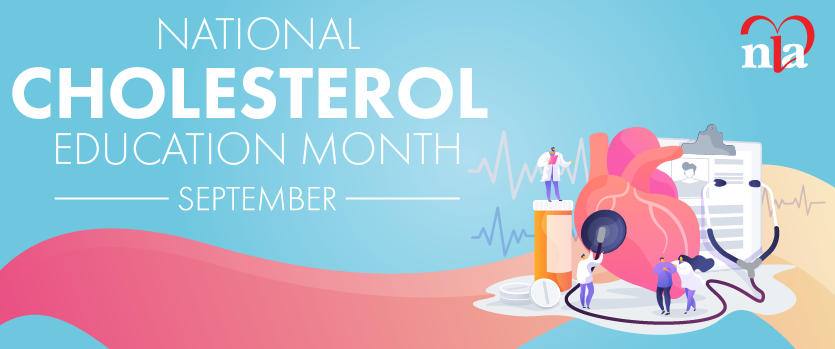Sitosterolemia is a rare, autosomal, recessively inherited sterol storage disease caused by homozygous or compound heterozygous gene mutations of adenosine triphosphate-binding cassette (ABC) genes G5 or G8, in which markedly increased tissue and plasma plant sterol concentrations. The condition can lead to premature atherosclerosis and has also been described as phytosterolemia and Beta-Sitosterolemia.1-4
It was first described in 1974 by Bhatacharyya.5 ABCG5/G8 are membrane based sterol transporters expressed in the enterocytes of the small intestines and hepatocytes and function to rapidly excrete cholesterol, plant sterols, and their saturated derivatives (stanols) from the body and defects in the function of these transporters can lead to pathologic accumulation of phytosterols/stanols.2 An average of 500mg of cholesterol and 300mg of plant sterols — predominantly campesterol and sitosterol — are consumed in the typical Western diet each day; however, only 50 percent of the cholesterol, <20 percent of campesterol, and less than 7 percent of sitosterol are absorbed.1 The normal body is able to differentiate between cholesterol and non-cholesterol sterols. The mechanism that allows the body to make this discrimination is not fully understood,6 but the use of ezetimibe has elucidated some of the processes.
Sitosterolemia is characterized by elevated plasma levels of sitosterol and campesterol with normal or moderately elevated plasma cholesterol levels.7 The clinical consequences of elevated sterol levels may include premature atherosclerosis, tendon xanthomas, xanthelasma, hemolytic anemia, thrombocytopenia, abnormal liver function tests and, occasionally, arthritis and arthralgia.1,4,8-10 It can be encountered at any age.10 The clinical presentation of sitosterolemia may vary widely, depending on the level of plant sterol retention in tissues. Familial hypercholesterolemia and cerebrotendinous xanthomatosis share clinical features with sitosterolemia, primarily xanthomas, and premature cardiovascular disease, but are usually differentiated by normal or moderately elevated cholesterol levels and the absence of cataracts and neurological symptoms.10
Although there have only been 100 reported cases diagnosed worldwide,4 the prevalence of sitosterolemia is expected to be much higher secondary to the variable clinical presentation.
Plant sterols may be transferred by ABCA1 and become part of apolipoprotein A-1, containing high-density lipoprotein (HDL) particles. Once in HDL, plant sterols are esterified by lecithin: cholesterol acyltransferase and can be taken up from HDL in a manner similar to cholesterol ester.4 The normal function of ABCG5/ G8 is to promote excretion and/or limit absorption of non-cholesterol sterols.6 ABCG5/G8 dysfunction leads to a 50- to 200-fold increase in plasma plant sterol concentrations10 and varying degrees of hypercholesterolemia.11 Patients with sitosterolemia have plasma plant sterol levels ranging from 10 to 65 mg/dL.9 Standard laboratory enzymes are unable to differentiate between cholesterol and plant sterols and the diagnosis requires the use of gas chromatography or high-performance liquid chromatography to detect plasma plant sterols.7
The Niemann-Pick C1-like 1 (NPC1L1) transporter has a significant role in the absorption of plant sterols. NPC1L1 preferentially transports cholesterol over plant sterols.9 Ezetimibe inhibits NPC1L1,9 which limits the intestinal absorption of plant sterols;4,9,12 and has emerged as the primary therapy for sitosterolemia. Although ezetimibe has not demonstrated the ability to improve all of sitosterolemia’s negative clinical effects, xanthomas, anemia, thrombocytopenia, and hematological abnormalities all improved on therapy.9 Ezetimibe has been shown to be ineffective in treating sitosterolemia in children under age 2.13
While statins are considered the cornerstone of pharmacologic therapy for many lipid disorders, its use in sitosterolemic patients is minimal, because de novo cholesterol synthesis is already depressed.4,9 Although occasionally ineffective, bile acid sequestrants disrupt the enterohepatic circulation of bile acid, preventing reabsorption in the ileum, and have been shown to decrease plasma plant sterol levels by 50 percent in sitosterolemic patients.4,9 Their long- term use may be limited by side effects and a late plateau effect.14 As with bile acid sequestrants, ileal bypass surgery decreases bile acid reabsorption and secondarily decreases plant sterol levels.7 Sitostanol has been used as a therapeutic alternative to reduce plasma sitosterol and campesterol levels; however, some sitosterolemic patients demonstrated a paradoxical response to therapy.15
Although the Mediterranean diet is recognized as protective against coronary heart disease, it is potentially harmful for patients with sitosterolemia. Instead, a low-plant-sterol diet is recommended for these patients and all plant-based foods with a large amount of fat — such as olive oil, nuts, avocados, margarine, and chocolate — should be avoided.10 All plant- based foods contain some amount of plant sterols, leading to decreased adherence because of the poor palatability of a low- plant-sterol diet.16 Intake of shellfish also should be limited secondary to the high amounts of the algae-derived plant sterol brassicasterol.9 Restricted sterol intake is necessary to help ameliorate symptoms and prevent progression of disease, but it will not sufficiently normalize plasma sterol levels.10
Establishing a clinical diagnosis of sitosterolemia is difficult because of the rarity of the disease. However, when unexplained premature atherosclerosis and/or hemolytic anemia and abnormal liver function tests are present, providers should consider sitosterolemia in the differential.
Disclosure statement: Dr. Elkins has no disclosures to report.
References are listed on page 31 of the PDF.





.jpg)
.png)











